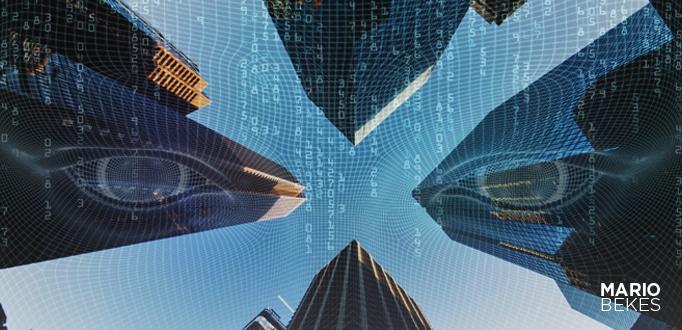Menu
Menu
Menu

We know advertisers and politicians try to persuade us to believe a certain viewpoint. The power of communication as a type of warfare is often undervalued. Influencing your ‘enemy’ is a key part of winning any battle. Being able to analyse misinformation has become a critical skill for armies, businesses and citizens alike.
You may remember that prior to the invasion of Iraq in 2003, there was a slogan, “Winning hearts and minds in the war on terrorism” that used extensively. The slogan is not the weapon in military terms, it doesn’t cause human fatalities and body injuries. But, communication, translated into carefully chosen words, along with military might, cause a deep emotional effect on military personnel and civilians on other side of the front line.
There are so many examples of how leaders, or wannabe leaders, have looked for the most effective ways to influence others through communication (words, public speaking and even subversive methods). One of the first people to document how to influence others was Greek philosopher Socrates, with his ingenious methods of delivering messages to the public.
In order to delve into his students' view, he would ask them questions until any contradictions were exposed. The Socratic method used typically seeks to ask a series of questions to lead people to think in a certain way. Critical thinking skills are key to effectively resisting this approach. ( https://www.alu.edu/alublog/understanding-the-socratic-method-of-teaching/ 03.02.2021)
The key objective of communication warfare is to infiltrate the minds of large populations, not just particular groups. The endless possibilities of social media make these processes more powerful and effective. We all enjoy the benefits of connecting with people on social media but have you stopped to think how it may have altered your behaviour, mood and decision making.
The work of Nicollo Machiavelli in the 1500s is still relevant when it comes to understanding how communication can be used to influence people. His book ‘The Prince’ has been used for both good and bad for centuries. Machiavelli’s thinking can be summed up by the quotes from the book, “Everyone sees what you appear to be, few experience what you really are” and “Never attempt to win by force what can be won by deception.”
Words used in communications can be weaponised with emotions which are designed to lead the listener to create distorted conclusions or perceptions on the topic published. You should never take this kind of information lightly. It is important to understand the message and learn how to decode the meaning behind it.
When making decisions based on communications, decision makers need to recognise misinformation and disinformation to understand not only who said what but why it was said and the choice of language used.
Communications professionals usually adjust words and language to suit particular demographics and countries in order to elicit emotional responses from listeners or readers.
Most communication professionals are trying to help people understand the truth. However, when misinformation and disinformation are deliberately used in business communications then the corporate world needs to correctly analyse them.
The power of technology is being used to help create algorithms to categorise and make decisions on information. This has some merit and advantages but a true analysis using human intelligence will provide you with accuracy and source reliability for decision making.
Decision making in corporations and the business world, as well in private life, should be based on the reliability of the source and validity of the information. Relying on social media is definitely not a reliable approach.
With so much talk about misinformation and disinformation being communicated from previously trusted sources, business need to put more resources into the valuable commodity of information and develop critical thinking strategies. 2020 has taught us that many of the solutions to our problems are best found using new ways of thinking and enhanced risk management tools.
© Mario Bekes. All rights reserved. | ABN 62 757 932 640 | Suite 6, 11 - 13 Brookhollow Avenue Bella Vista NSW 2153